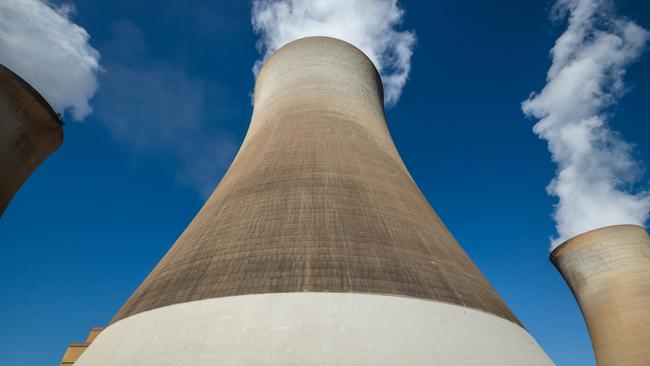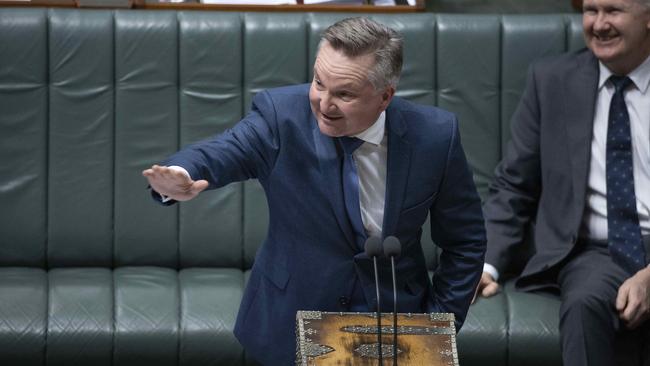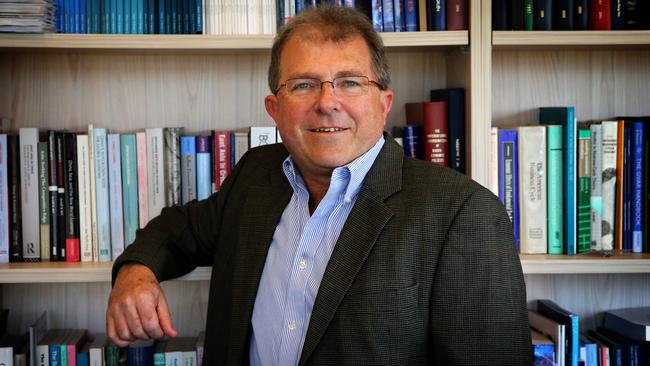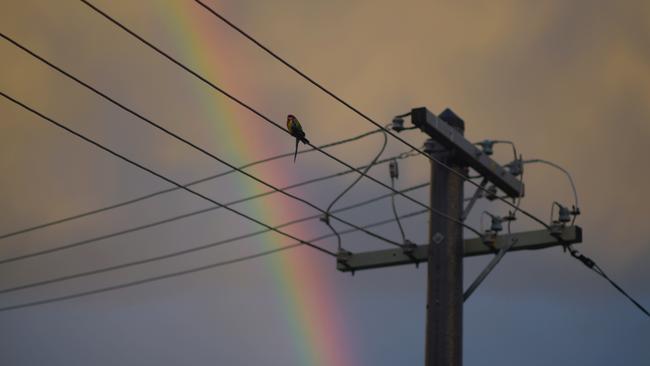Window missed for cheap financing of energy transition

Leading climate change economist Professor Warwick McKibbin says the cost of financing the billions of dollars in electricity transmission needed to bring more renewables into the grid and to balance the system is now far higher.
“Not only has that window gone, it’s actually getting worse. Basically the government missed the opportunity for cheap finance for the infrastructure part of this and that is a key part,” he says. “We should have issued 50-year debt at 1 per cent, we could have borrowed a tonne of money. I’ve been proposing it for a long time, we could have paid for the infrastructure for free. We would have got a massive capital gain from the increase in global interest rates.”
Rising interest rates are the latest headwind for Climate Change and Energy Minister Chris Bowen, who is on the hook to deliver the government’s 43 per cent emissions reduction target by 2030.
In December 2021 Labor launched its Rewiring the Nation plan, promising to spend $20bn to connect 25,600MW of new renewable energy to the existing grid. This funding would unlock a further $58bn of private co-financing. At that time the RBA’s cash rate was 0.1 per cent. It is now 2.6 per cent and rising.
At an energy conference in Sydney on Monday Bowen warned of a new threat that could lure capital away from Australia’s energy transition – the $690bn US Inflation Reduction Act has just passed in the US.
“The investment incentives embedded in the Act are enormous, meaning that the global race for renewable capital just got a lot sharper,” he said.
A

cool $100bn is required for energy transmission in Australia according to Deloitte energy and climate partner Sandra James. She also said changing economic conditions had hit investment confidence in the private sector.
Brett Redman, CEO of Transgrid, urged investment in new transmission networks to be made quickly. He said any time slippage means higher power costs to the end consumer. A one-year delay puts an average bill up $326 and a five-year slippage puts it up $1791.
Delays in the national transmission rollout and energy storage project Snowy 2.0 will prolong the exit of coal from the grid.
Also on Monday, Origin Energy CEO Frank Calabria signalled that a 2025 closure of the Eraring coal-fired plant was under evaluation. This columnist has for some time flagged such a shift.
To achieve Labor’s 43 per cent by 2030 target, Chris Bowen needs a massive uplift in the cheapest former of energy, renewable energy backed by firm power.
That requires a national transmission rollout. It will link up the renewable energy zones that should in turn attract more renewables, and transmission lines interstate and intrastate from projects like Snowy 2.0 will stabilise the grid.
McKibbin sees a change, with investment pushed more towards decentralised generation and storage.
“The cost of doing the refitting of all the transmission lines is getting very high given interest rates are going up. I think the localised transmission is going to be where we end up. It’s going to be tough to hit that 2030 target today given what’s happening in the world,” he says.
Bowen also needs two policy mechanisms to work properly: the Safeguard Mechanism and the Capacity Mechanism.
Both are complex and proving difficult to reach agreement between all interested parties. Yet without them working, the 43 per cent reduction target looks bleak.

The Safeguard Mechanism was set up in 2016 as part of the Emissions Reduction Fund to deal with around 200 higher emitting industrial businesses. Companies could exceed emissions over a baseline provided they bought emissions credit or ACCUs. But it was a voluntary mechanism, and targets could be negotiated. It did not meaningfully work to reduce emissions. The Productivity Commission points out that a 43 per cent emissions reduction target seems inconsistent with a Safeguard Mechanism that has no target.
On Monday Bowen announced draft legislation for changes to the Safeguard Mechanism. This is one of McKibbin’s low hanging fruits on transition.
Under the changes large industrial facilities only get credits if they come in under their baseline. Bowen says this is the financial incentive for companies to make the step change to net-zero by 2050. The Safeguard Mechanism Credits will be different from ACCUs and trade separately.
Business wants certainty and transparency around how the two credits will trade. Concerns have been raised about the integrity of ACCUs and former chief scientist and ANU vice chancellor Professor Ian Chubb has been commissioned by Bowen to review the ACCU trading scheme.
On Monday he said: “Offsets can’t be a device which big emitters use not to change their behaviour, not to do something about reducing emissions.”
McKibbin shares the concerns. “The evidence is that a lot of these credits coming into the offset market are not valid. You are generating stuff that would have been done anyway, so it’s not really an offset,” he says.
The second policy challenge is to introduce a Capacity Mechanism into the National Energy Market made up of power providers (from renewables to gas and coal) and the buyers of that energy, typically the big retailers.

Renewable energy has been piling into the grid. But coal-fired power still supplies about 60 per cent of electricity. To be phased out, there must be much more firm power to back up renewables. Without it, the system risks higher prices and blackouts.
The solution, proposed by Dr Kerry Schott when head of the Energy Security Board, is that all providers of firm power, from hydro and batteries to coal and gas, be paid for that capacity under a new Capacity Mechanism.
Schott’s advice is to get on with it. But Bowen is up against politicians even on his own side of politics. Take Victorian Minister Lily D’Ambrosio who refuses to pay gas suppliers for capacity or have any fossil fuels as part of the Capacity Mechanism.
“The basic principle should be for all emitters to be involved in a pricing mechanism. It reduces the costs,” says McKibbin. “If you leave gas out, it will make the cost for everybody else larger.”
McKibbin says the mechanism is a price signal, both to the emitters and energy buyers. “You want everyone to change their behaviour. You need to make sure all economic decisions are based on net zero by 2050 and that you achieve that at lowest cost. And every time you carve something out it makes it more costly for those who are left,” he says.
D’Ambrosio’s zero tolerance reflects Victorian Labor’s view that it has public support for its anti-fossil posture. Hearts and minds needs to be won over. “That’s why I believe that the design of any capacity mechanism needs a mature conversation between governments, industry and consumers,” said the Energy Market Operator chief Daniel Westerman on Monday.
If Bowen can get both these mechanisms to work, it will be an achievement. If Labor achieves 43 per cent by 2030 a lot has to go right. And without intervention it surely cannot deliver a cut in power bills of $275 a year by 2025.






Australia has missed the window to finance the nation’s energy transition on cheap terms.